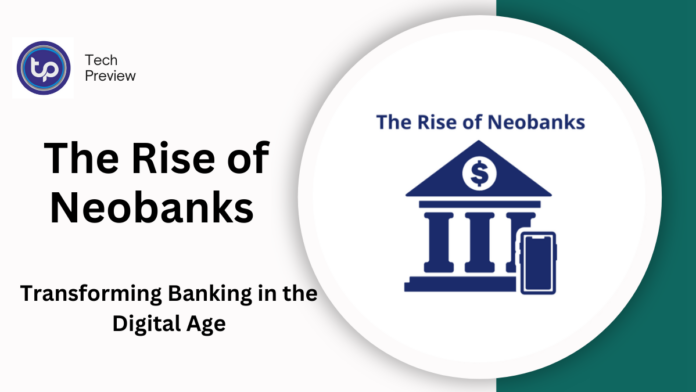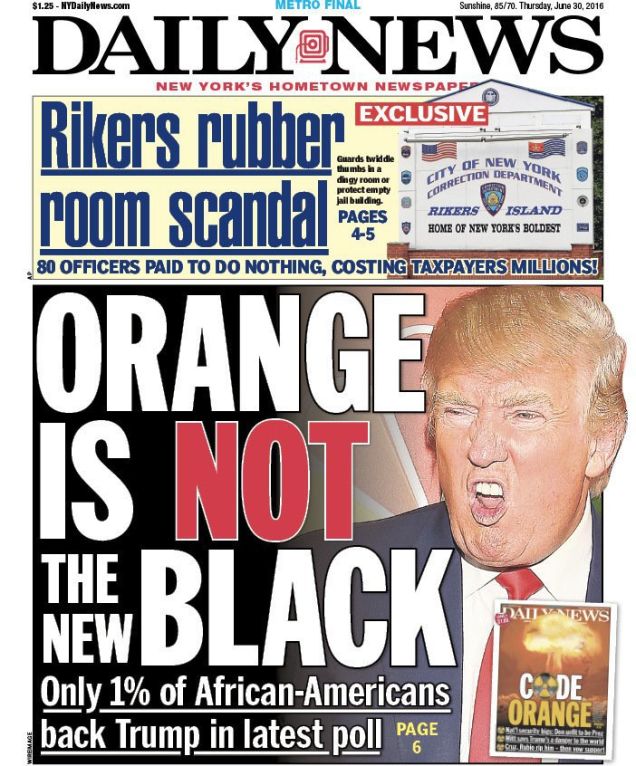In recent years, the financial landscape has undergone a dramatic transformation, driven mainly by the advent of neobanks.
These digital-first banks are redefining the way consumers manage their finances, offering user-friendly interfaces, innovative features, and a focus on customer experience.
Unlike traditional banks, neobanks operate entirely online, eliminating the need for physical branches and reducing overhead costs. As a result, they can provide a range of services that are often more affordable and accessible.
Here, we explore the top 10 neobanks in the world that are leading this exciting shift.
Top 10 neo banks in the world
1. Revolut
Founded in 2015, Revolut has established itself as a global fintech powerhouse. With services that include currency exchange, cryptocurrency trading, and international spending without hidden fees, Revolut offers a comprehensive banking experience. The app’s user-friendly interface and advanced features have attracted millions of users worldwide.
2. Chime
Chime has quickly become one of the most popular neobanks in the United States, especially among younger consumers. With no monthly fees and features like early direct deposit, Chime focuses on financial wellness. Its automated savings tools help users save effortlessly, making it an appealing choice for those looking to manage their finances better.
3. N26
This German neobank, launched in 2013, has made significant strides in Europe and the U.S. N26 offers real-time notifications, no foreign transaction fees, and an intuitive app. Its commitment to transparency and simplicity has attracted millions of users, establishing it as a major player in the digital banking sector.
4. Monzo
Monzo is a UK-based neobank known for its vibrant brand and customer-centric approach. Since its launch in 2015, it has gained a loyal following with features like spending insights and fee-free international spending. Monzo prioritizes user feedback, continuously evolving its offerings to meet customer needs.
5. Starling Bank
Another UK-based contender, Starling Bank, offers personal and business banking services. Founded in 2014, it provides features such as instant notifications, savings goals, and an integrated marketplace for third-party services. Starling’s focus on customer service and innovation has earned it numerous accolades.
6. Varo Bank
Varo Bank made headlines when it received its national bank charter in 2020, allowing it to offer a broader range of services. With a zero-fee structure and high-yield savings accounts, Varo aims to promote financial inclusion and empower users to achieve their financial goals.
7. Simple
As one of the pioneers in the neobanking movement, Simple has focused on budgeting and financial planning tools since 2009. Now a subsidiary of BBVA, Simple offers features like shared accounts and visual spending insights, making it a preferred choice for those looking to manage finances collaboratively.
8. Fintech Bank
Based in Latin America, Fintech Bank is rapidly gaining recognition for its accessibility and innovative services tailored to local consumers. Its mobile-first approach and emphasis on community engagement position it as a leading option in a region where traditional banking often falls short.
9. Klarna
Known primarily for its Buy Now, Pay Later services, Klarna is expanding into neobanking with an app that offers payment solutions, budgeting tools, and savings features. This Swedish company is reshaping consumer spending habits by integrating shopping and banking into one platform.
10. Dave
Dave focuses on helping users avoid overdraft fees and manage their spending effectively. Launched in 2017, it offers budgeting tools, cash advances, and a no-fee banking model, making it an appealing option for individuals seeking to take control of their finances.
The Neobank Advantage
Neobanks are revolutionizing banking by emphasizing transparency, accessibility, and user experience. Unlike traditional banks, which often impose hefty fees and complicated processes, neobanks leverage technology to provide streamlined services that cater to a digitally savvy audience.
Conclusion
The top 10 neobanks highlighted here are at the forefront of a financial revolution, empowering consumers to take control of their financial lives.
With their innovative solutions and commitment to user satisfaction, these neobanks are not just reshaping banking; they are setting new standards for what consumers can expect from financial institutions in the digital age.
As this landscape continues to evolve, these companies will play a pivotal role in the future of finance, making banking more inclusive and accessible for everyone.
People Also Ask
1. What is a neobank?
A neobank is a digital-only bank that operates without physical branches. It offers banking services through mobile apps or websites, focusing on convenience, low fees, and enhanced user experience.
2. How do neobanks differ from traditional banks?
Neobanks typically have lower fees and provide a more user-friendly digital experience. They leverage technology to offer services like instant account opening, budgeting tools, and innovative payment solutions, unlike traditional banks that may rely on outdated systems.
3. Are neobanks safe to use?
Yes, most neobanks are regulated financial institutions and employ strong security measures, including encryption and two-factor authentication, to protect user data and transactions. However, it’s essential for users to review each neobank’s security practices.
4. Can I deposit cash into a neobank account?
Depositing cash into a neobank account can vary by provider. Some neobanks partner with retail locations or use ATMs that allow cash deposits, while others primarily support electronic deposits. It’s essential to check the specific policies of each neobank.
Click here to learn more.









